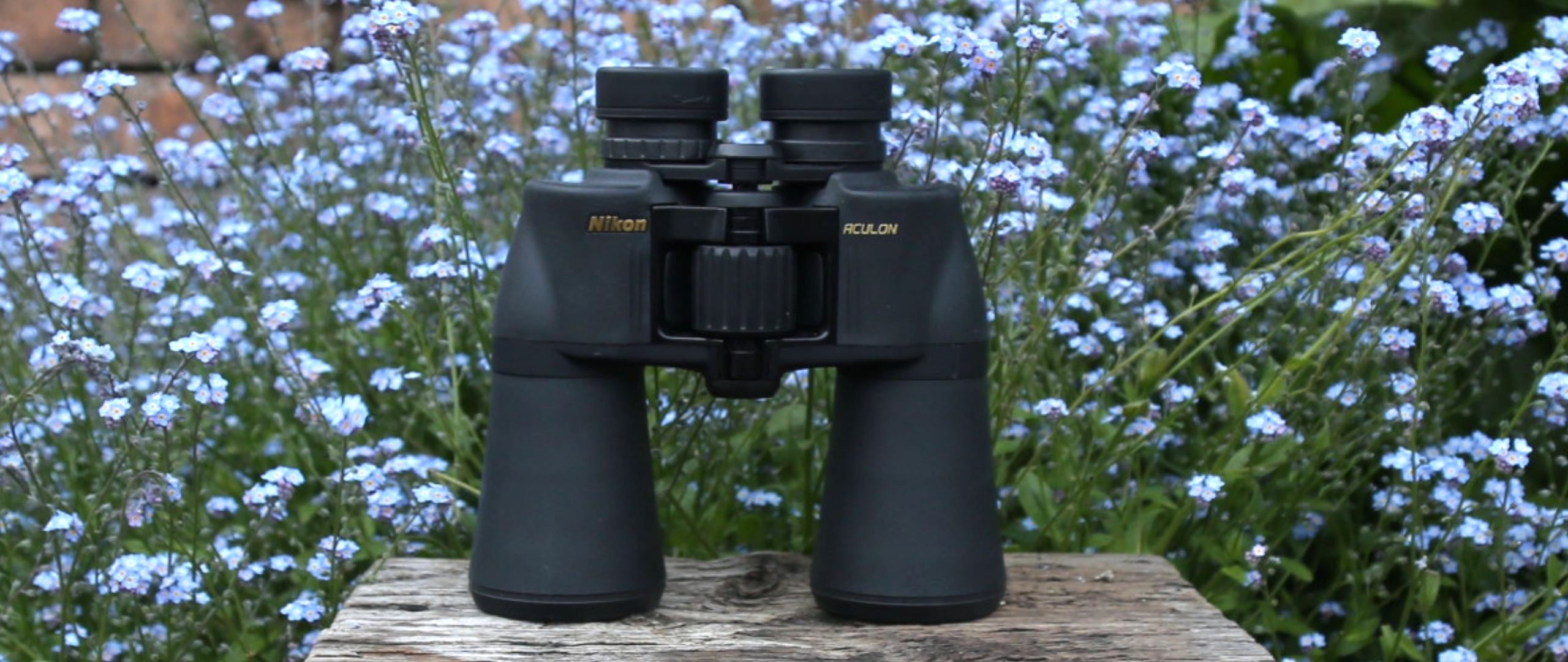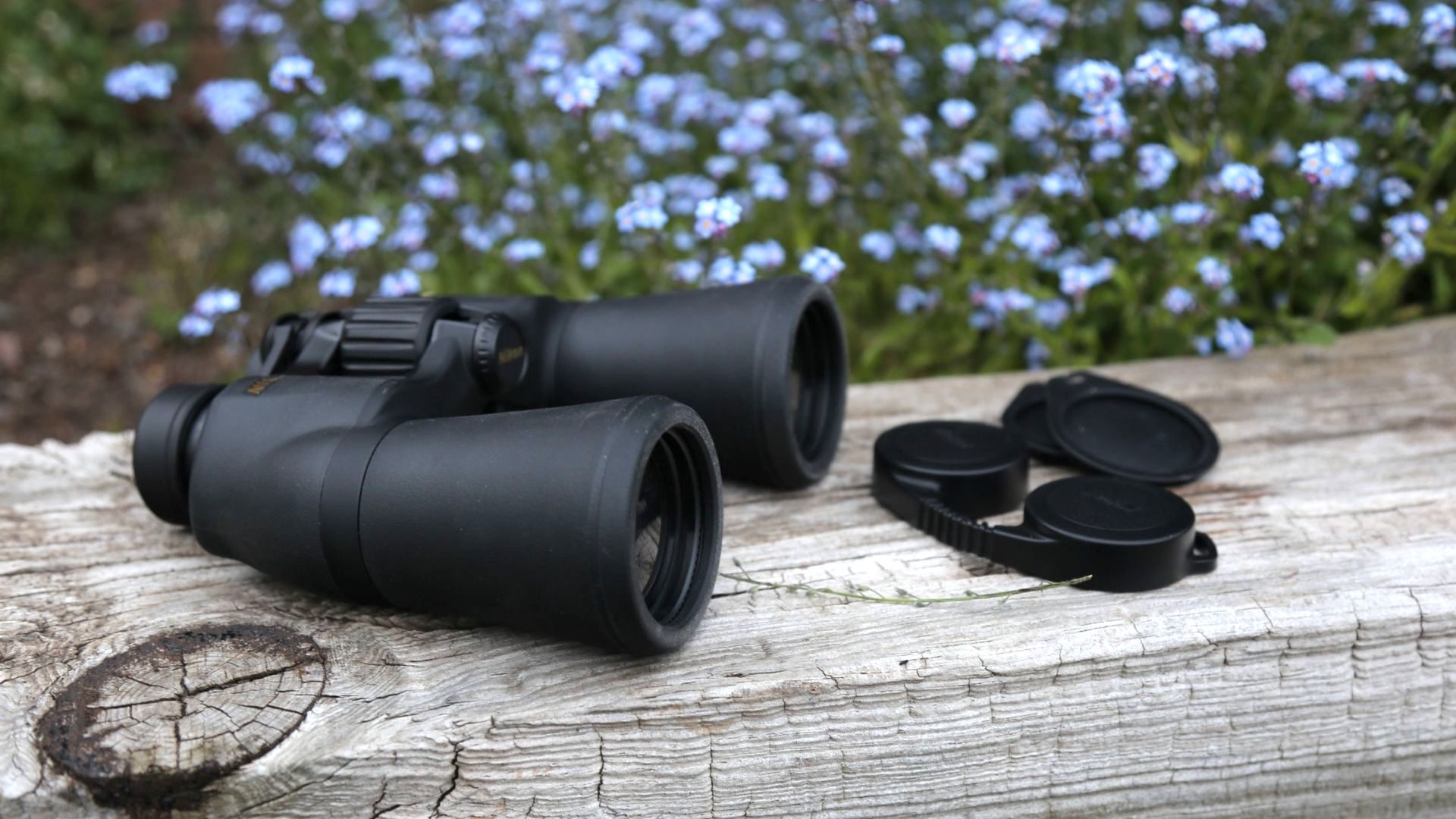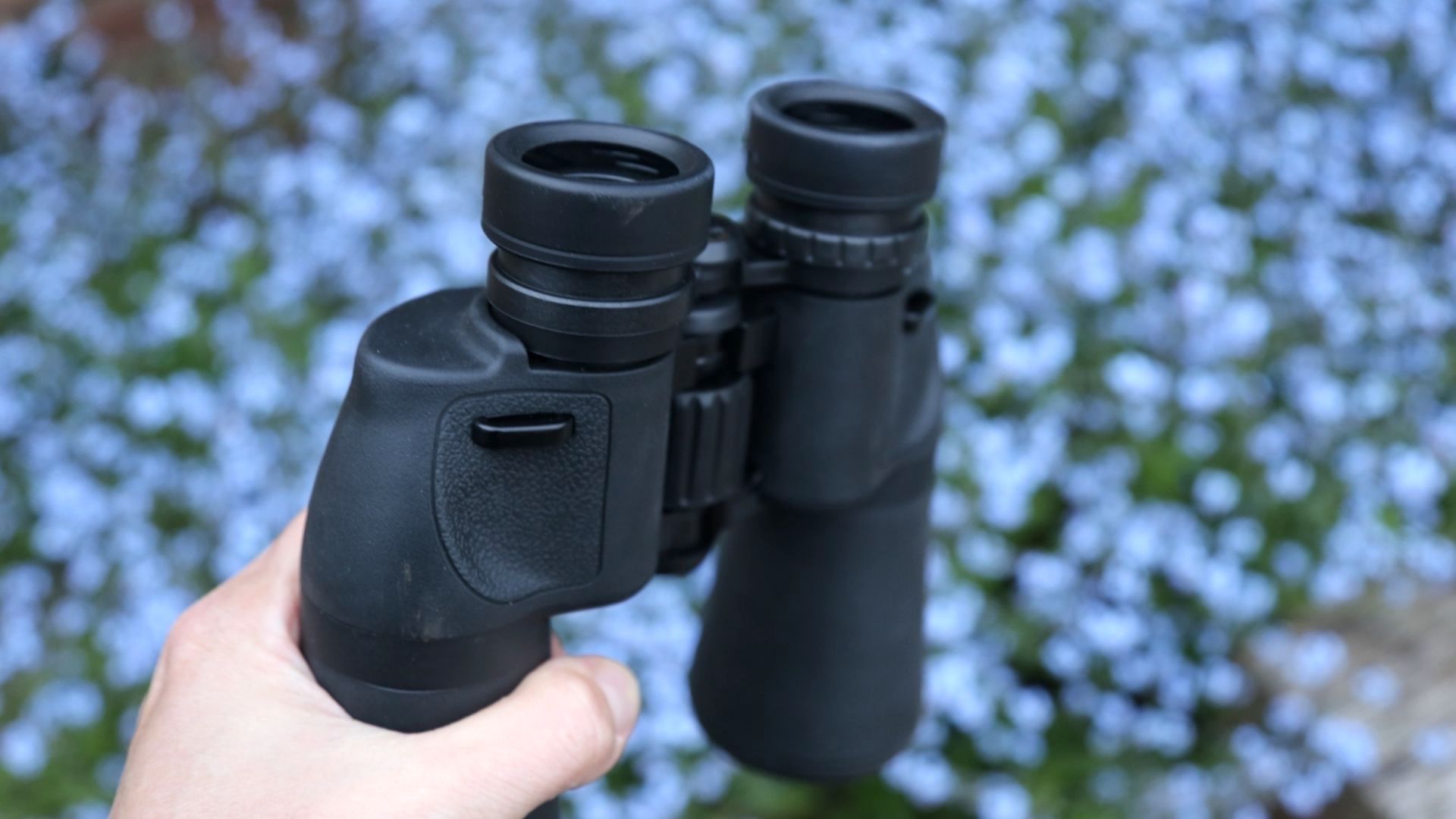Digital Camera World Verdict
The perfect candidate for a first pair of binoculars, the Nikon 10x50 Aculon A211 binoculars boast dependable views across the board, though do lack eye relief and ultimate portability.
Pros
- +
Wider field of view
- +
Covering is easy to grip
- +
Sharp images in bright light
- +
Good value
Cons
- -
Closest focus is 7m/23ft
- -
Some chromatic aberration
- -
Lack of eye relief
- -
Bulky size
Why you can trust Digital Camera World
Most people judge binoculars on their physical size without even trying them out. Don't make that mistake. Binoculars like the Nikon 10x50 Aculon A211 are not exactly pocket-sized, but come armed with enough magnification power and light gathering properties to impress across the board.
Sure, the porro prism design used here does mean they're wider than you might want them to be, but it’s this optical design that makes the Nikon 10x50 Aculon A211 more affordable than competitor models while impressing for everything from birdwatching and safari to hunting and stargazing. Here’s what we like about the Nikon 10x50 Aculon A211.
Nikon 10x50 Aculon A211
Magnification: 10x
Objective diameter: 50mm
Field of view at 1000m: 113.2m
Closest focusing distance: 7m/23 ft
Eye relief: 11.8mm/0.46-inch
Weight: 899g/31oz
Dimensions: 19.7 x 17.9 cm / 7.8 x 7”
Nikon 10x50 Aculon A211 key features
The Nikon 10x50 Aculon A211 offers 10x magnification and 50mm objective lenses. The latter allows them to let in enough light to make some usable in low light conditions, such as dawn game drives when on safari to stargazing in twilight and darkness. The former means a good close-up view of animals, birds, but bear in mind that the closest focusing distance is 7m/23 feet. That's not particularly good when compared to rival models, but you do get the advantage on the Nikon 10x50 Aculon A211 of a wide field of view. That makes them a particularly good candidate for a pair of entry-level stargazing binoculars.
Like all binoculars, Nikon claims that these use anti-reflection multi coated optics to ensure accurate colours and a boost in both contrast and brightness, while aspherical eyepiece lenses correct for spherical aberrations and edge distortions.
In the box are a good quality neck strap sporting the Nikon logo as well as a simple padded case that can be attached to a belt.
Nikon 10x50 Aculon A211 build & handling
They may be simpler and more affordable than rival roof prism designs, but binoculars like the Nikon 10x50 Aculon A211 that use porro prisms are generally less portable. That rings true on the Nikon 10x50 Aculon A211, whose L-shaped optics and tapered barrels are rather bulky. Thankfully they do use BAK4 prisms to maximise clarity and limit edge distortion.
The best camera deals, reviews, product advice, and unmissable photography news, direct to your inbox!
The Nikon 10x50 Aculon A211 are also optimised for real-world usage, with a tough and textured rubber-style armour on the outside of the chassis and barrels that make them really easy to hold in all kinds of weather.
Nikon 10x50 Aculon A211 performance
The Nikon 10x50 Aculon A211 are a hugely enjoyable pair of binoculars to use. We took them on a bird-watching trip to Skomer Island in West Wales and were delighted by the bright, crisp views of puffin, guillemot and razorbill they produced in some fairly damp and grey conditions. The centre of the field of view is super-sharp and bright, with only a slight blur detectable at the outer edges.
The focus knob is tensioned just right, as is the diopter adjuster, with everything about the Nikon 10x50 Aculon A211 feeling high quality. With closest focusing distance 7m/23 ft. we did have some issues with puffins being too close to get sharp views of, but overall the wide field of view is useful because it gives them another dimension – stargazing. Used at night we did notice the odd purplish line around a bright crescent Moon indicating slight chromatic aberration, but generally speaking the Nikon 10x50 Aculon A211 are perfect for dragging across stars, constellations and the Milky Way to get bright and involving images of the night sky.
Nikon 10x50 Aculon A211 verdict
The Nikon 10x50 Aculon A211 is an unusual pair of binoculars. While most porro prism binoculars occupy the entry-level end of the market these aim considerably higher-up. That optical design ensures that they’re not the most space-efficient pair of binoculars you’re ever going to carry, but they do offer incredibly bright and colourful views at all times of day. Versatile and with a high quality build, the Nikon 10x50 Aculon A211 makes an excellent first purchase if you’re after something really special without breaking the bank.
Read more:
• The best binoculars
• Best budget binoculars under $100
• Best marine binoculars
• Best rangefinder binoculars
• Best compact binoculars
• Best opera glasses
• Best binocular harnesses
• Best binocular tripod adapter
• The 10 best spotting scopes
• The best night vision goggles
• The best opera glasses
• The best telescopes for astrophotography

Jamie has been writing about photography, astronomy, astro-tourism and astrophotography for over 15 years, producing content for Forbes, Space.com, Live Science, Techradar, T3, BBC Wildlife, Science Focus, Sky & Telescope, BBC Sky At Night, South China Morning Post, The Guardian, The Telegraph and Travel+Leisure.
As the editor for When Is The Next Eclipse, he has a wealth of experience, expertise and enthusiasm for astrophotography, from capturing the moon and meteor showers to solar and lunar eclipses.
He also brings a great deal of knowledge on action cameras, 360 cameras, AI cameras, camera backpacks, telescopes, gimbals, tripods and all manner of photography equipment.






